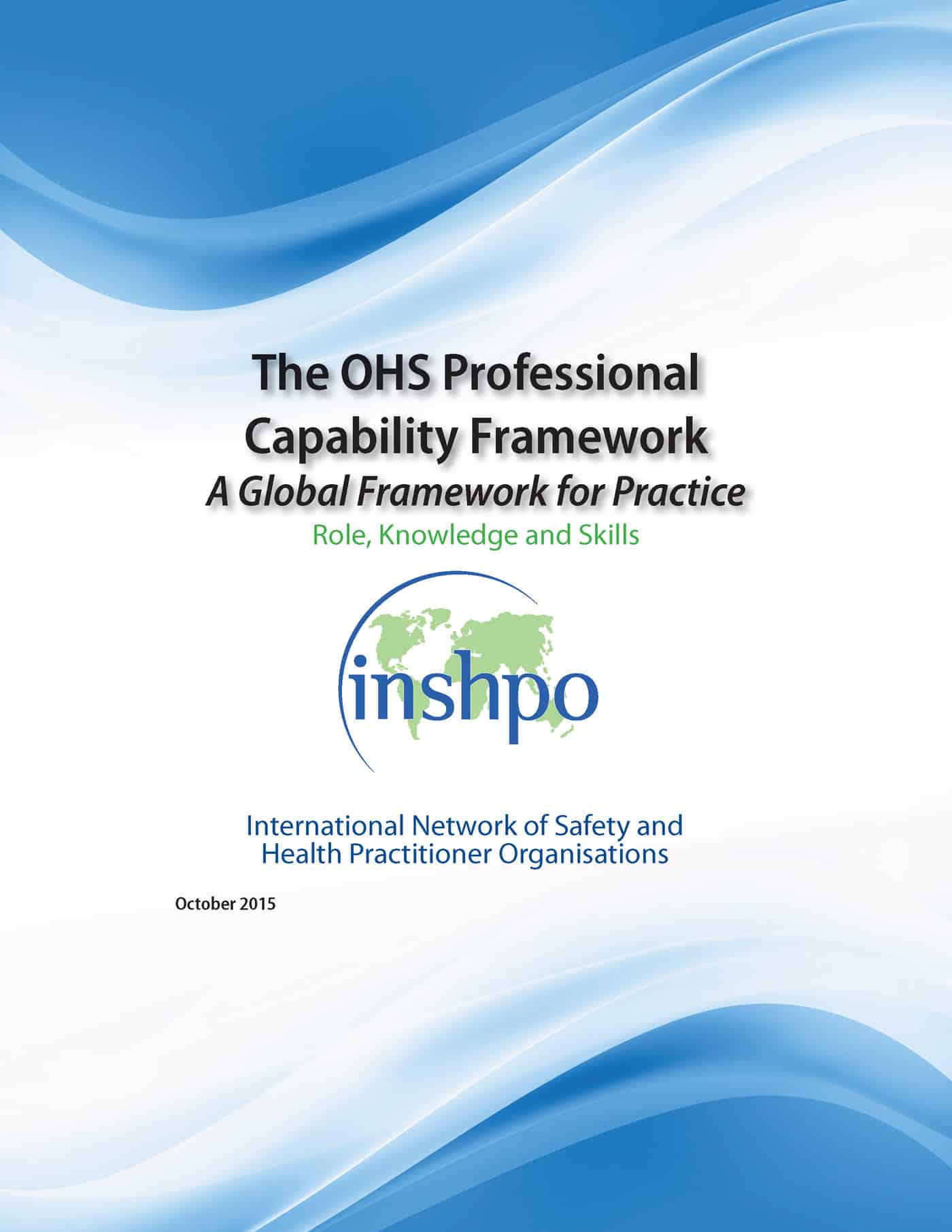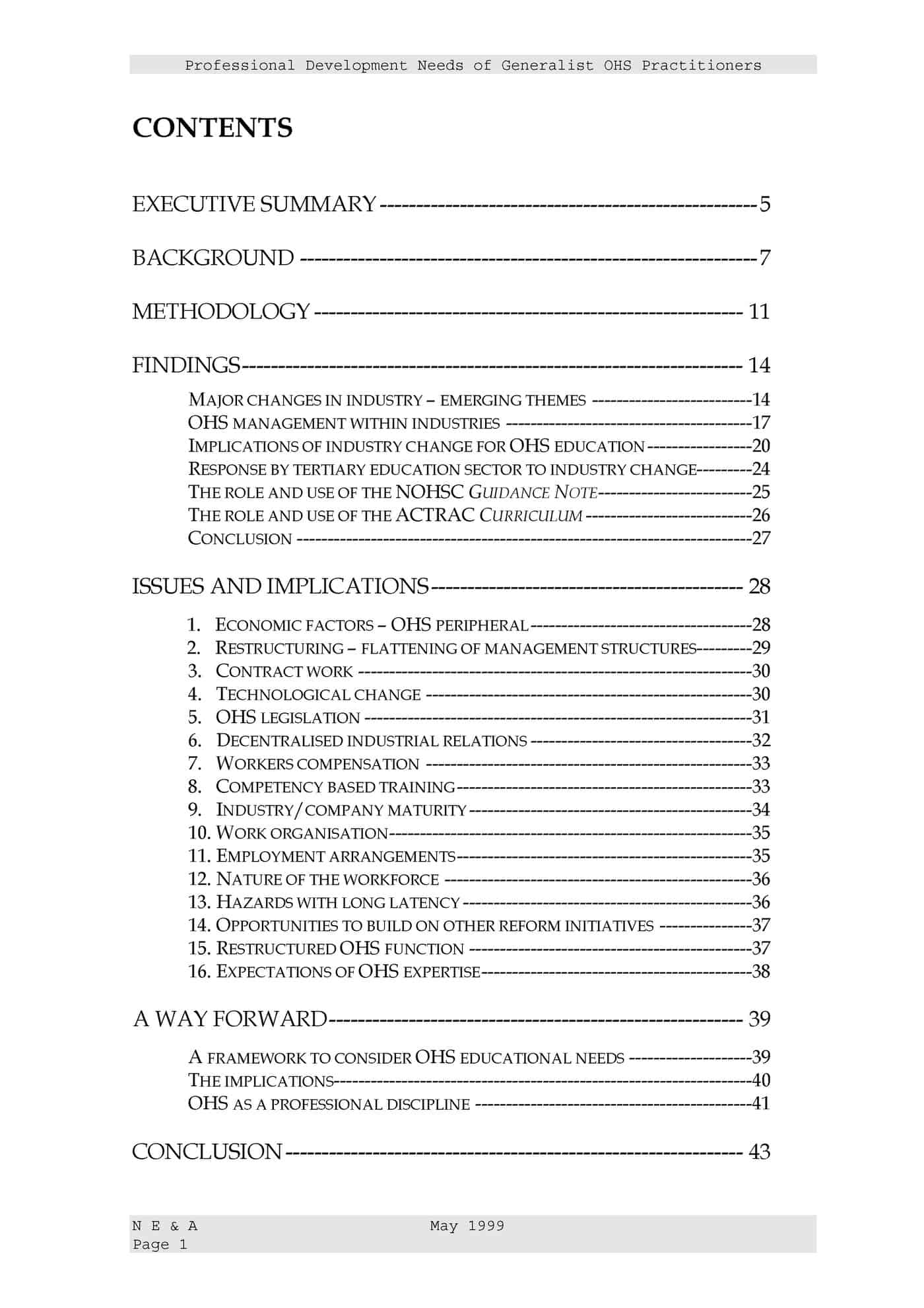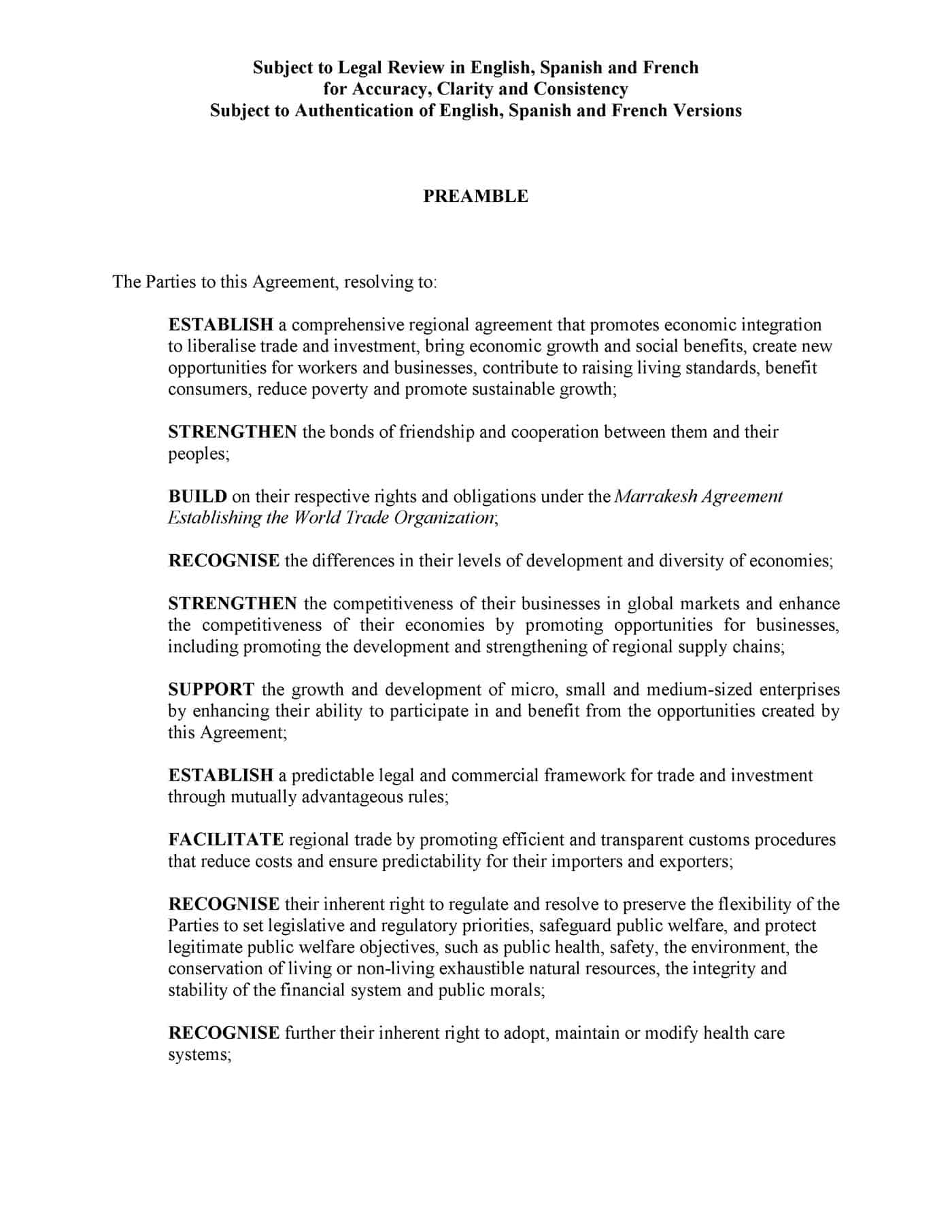 The International Network of Safety & Health Practitioner Organisations (INSHPO) has launched the “The OHS Professional
The International Network of Safety & Health Practitioner Organisations (INSHPO) has launched the “The OHS Professional
Capability Framework – A Global Framework for Practice“. The document reflects many of the issues raised in recently published research on occupational health and safety (OHS) professionalism, accreditation and certification. However there are a couple of useful issues to note, from a very brief review, that indicate a major step forward.
Professional, Practitioner, Generalist
Australian OHS professionals have felt insulted over the last few years by the use of the title “OHS Generalist”. The proponents of this concept failed to understand that the term was divisive (and insulting to some) and this failure indicates a persistent problem in communicating change to the OHS profession in a manner that fosters cooperation. The INSHPO document seems to drop the Generalist category so beloved by the Australian OHS Education Accreditation Board. Continue reading “OHS Professionals get, or want, global attention”

 Judith Hackitt, Chair of the UK Health and Safety Executive
Judith Hackitt, Chair of the UK Health and Safety Executive

